I had a rare week off from blogging last week. I try to find different things to talk about each week and sometimes it just so happens that I’ve been unlucky and don’t have much wildlife to share with you. Fortunately though I’ve collected enough to be back today.
I’ve been enjoying keeping an eye on the small field that serves as the nursery area for the local canada geese. As each clutch of goslings hatch they are walked to the nursery field by their parents and all the goslings mix together.

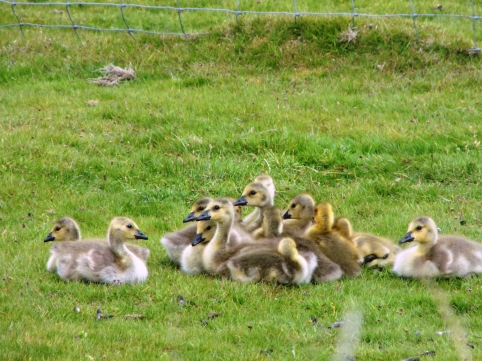
Last week I counted 45 goslings at one time which seems like even more than usual! By grouping together like a few adults can keep many goslings safe from predators.
I came across a brood of mallard ducklings today sheltering on the shore of the fishing lake.
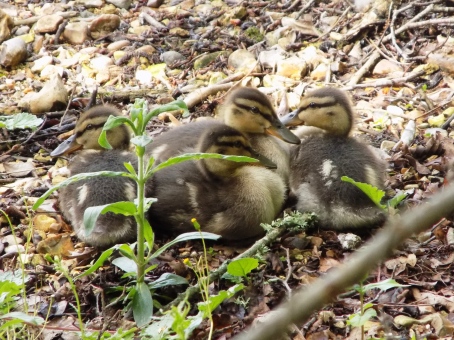
Given their size and location I think there’s a likelihood this is the same brood I spotted a few weeks ago when they are very young. There were fifteen ducklings then and were only four today- it’s entirely possible that the missing eleven ducklings were all predated. It shows how hard it is to raise young in the wild and why it’s worth having so many young if over a quarter of them are lost.
This week the first starling fledglings started to arrive in the garden. They are fun to watch as they stagger around, not quite in full control of their limbs yet, and beg their parents for food.
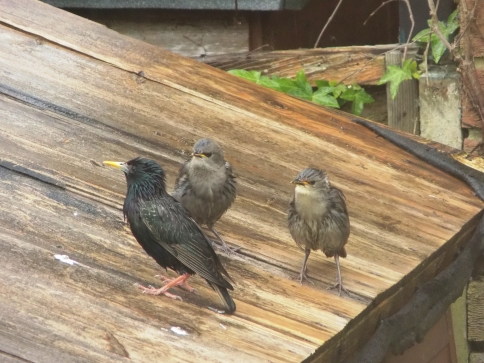
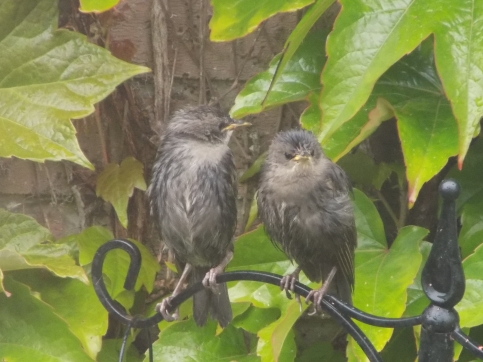
I haven’t seen much of the Avon roe deer over the last month or so. I suspect that with the arrival of Spring they have more options for places to eat. I did spot several individuals yesterday though they can be difficult to see in the long grass.
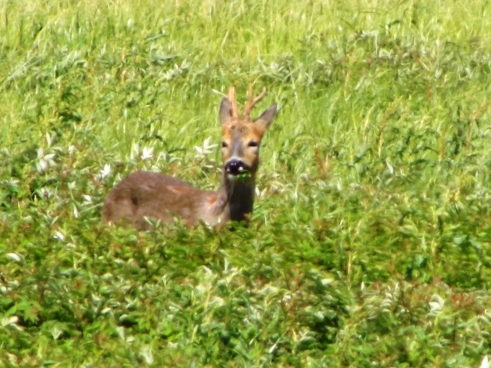
As you can imagine, when this buck had it’s head down and was eating you could barely see it at all. It’s around this time of year that roe deer start to give birth to their young so I shall be looking out for that, though I suspect the fawns will be almost invisible in this sort of foliage.
Apologies to arachnophobes but here’s a magnificent spider I found this week:
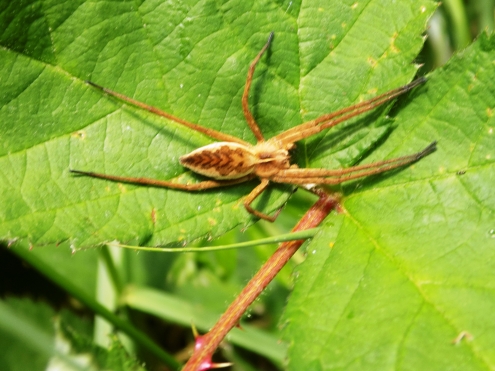
This is a nursery web spider (Pisaura mirabilis). Like many spiders this species has interesting mating behaviour. Males approach potential females with a gift, a fly or other insect wrapped up ready to eat. When the female bites on the gift the male starts to mate with her. To make sure the job gets done he keeps one leg on the gift in case the female tries to escape with it or attack him. If this does happen the male will pretend to be dead (it’s called ‘thanatosis’) and will be dragged along by the leg touching the gift. When the female stops the male carries on mating.
Here’s another invertebrate I spotted recently:
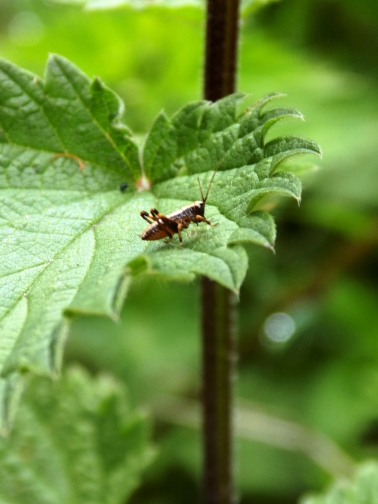
I’m not entirely confident on the ID of this one. It certainly looks like a grasshopper or cricket with that leg structure, possible a roesel’s bush cricket. It’s early in the year and this looks really small so I would hypothesise that it’s a nymph. Females are green so this is a male (assuming I’ve managed to identify the right species).
I was disturbed to see in the news recently that Theresa May and other members of the conservative party want to repeal the ban on fox hunting. When polled, 89% of the British public said they agreed with the ban. May has often stressed how she follows the public’s wishes, seeking out a Brexit deal, so it seems hypocritical for her to go against the public on this. Besides, with Brexit and the issues with healthcare and education funding fox hunting doesn’t feel like it ought to be something the government is even thinking about at present.

No comments:
Post a Comment